
Over the past week the weather has completely changed in Broome. Following on from Tropical Cyclone Ilsa the night-time temperature finally dropped below 29c. After so many months of hot and humid nights and afternoon storms we have come out the other side to cool night-time temperatures. We have actually had night-time temperatures below 20c this week. The sky is now very blue and clear of clouds as you can see in the header photo. The vegetation has grown substantially over the past few months, but it will soon die back and the water will soon stop flowing across Roebuck Plains.
Tropical Cyclone Ilsa crossed the coast to the south of Broome in one of the most isolated places along our coast. Sadly it caused much destruction and has destroyed the Pardoo Roadhouse and stations along its track. I will continue to remind you to check the Main Roads Travel map if you are travelling around Western Australia, because there are still many road closures.
Once the Great Northern Highway was reopened across Roebuck Plains we went for a drive to see what birdlife was about. The water level had gone up a little since our last trip, but it is not flowing right across the highway at any point and the pot-holes are slowly being repaired.
There are plenty of birds along the edge of the highway still and also on the highway. There is more traffic now than there has been for several months, but you can get right to the edge of the highway and let them pass. You can’t currently leave the bitumen due to the soft edges, but it will rapidly dry out over coming weeks.
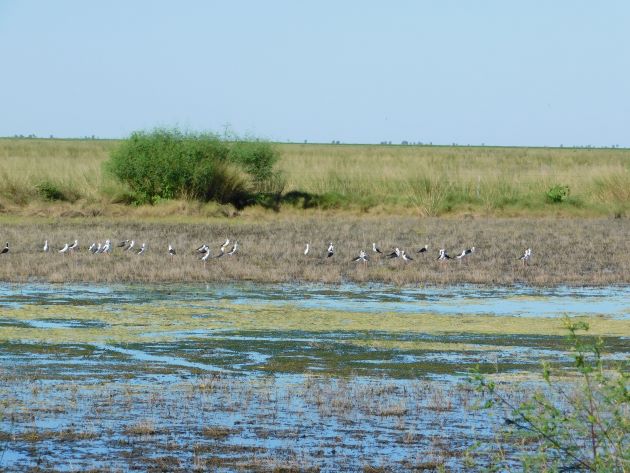
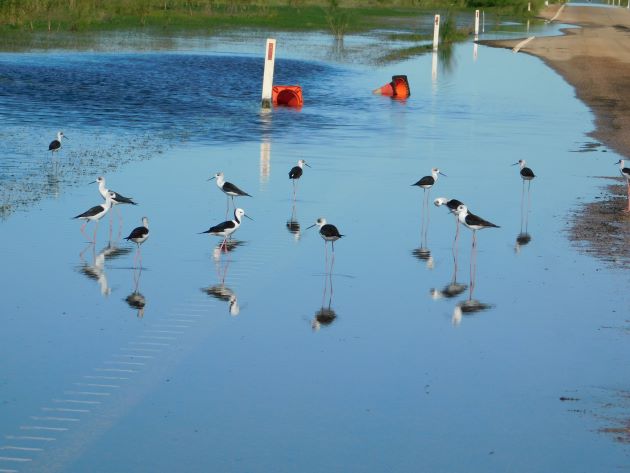
Black-winged Stilt near and on the highway
There are still over forty species of birds to be found along the highway across Roebuck Plains, but the tall vegetation can be problematic. There are several Swamp Harriers that upset the birds and then you do find there are more species present than are initially visible.
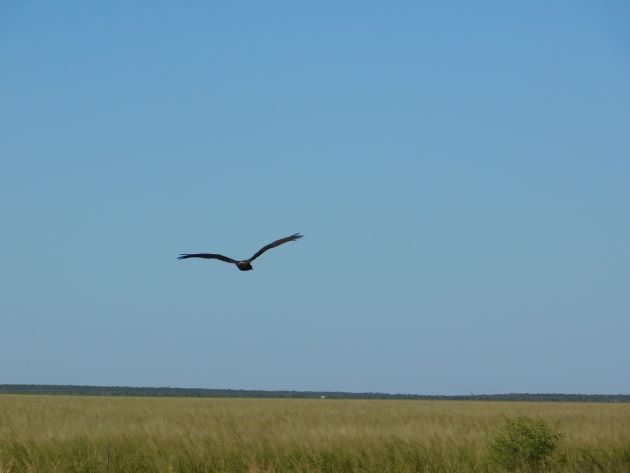
Swamp Harrier
There are still a lot of fish present, especially in the culverts that run under the highway and the Egrets and Herons continue to take advantage of the ample food.
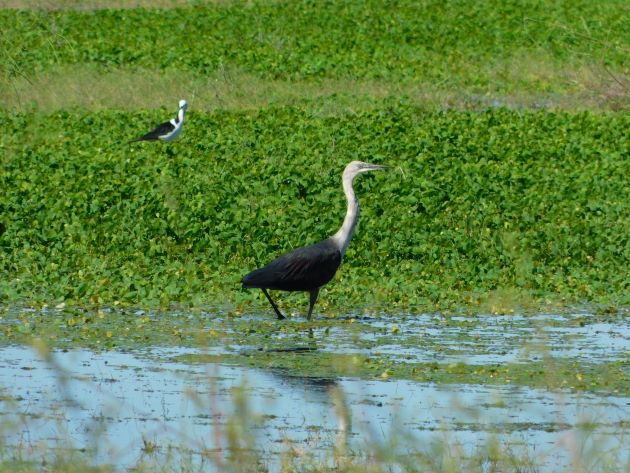
White-necked Heron
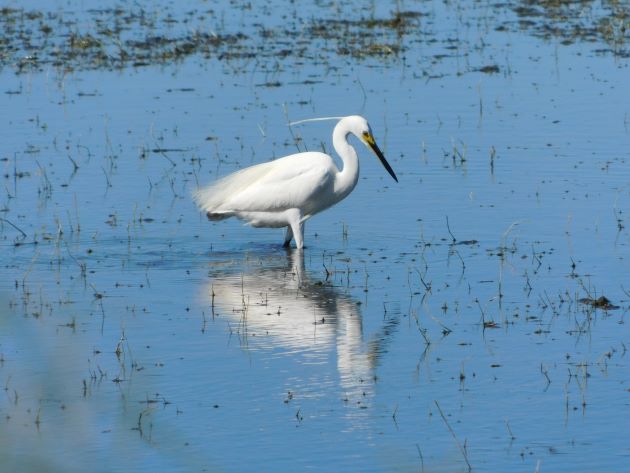
Little Egret
Australian Pelicans have arrived to feed on the fish and can be observed very close to the highway. All three species of Ibis are now present. There have been Straw-necked Ibis return to town recently, but the Glossy Ibis remain close to the highway across Roebuck Plains.
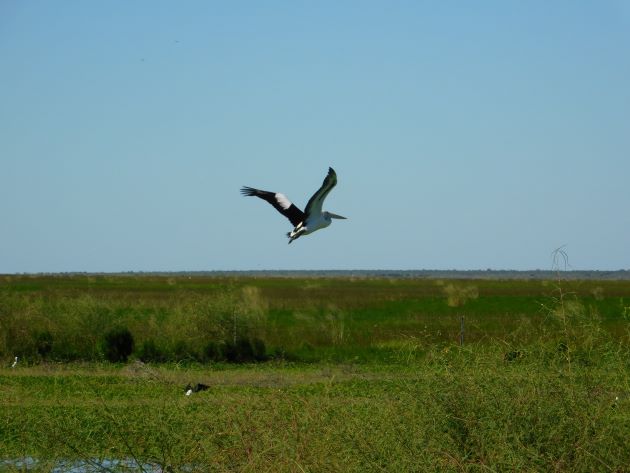
Australian Pelican
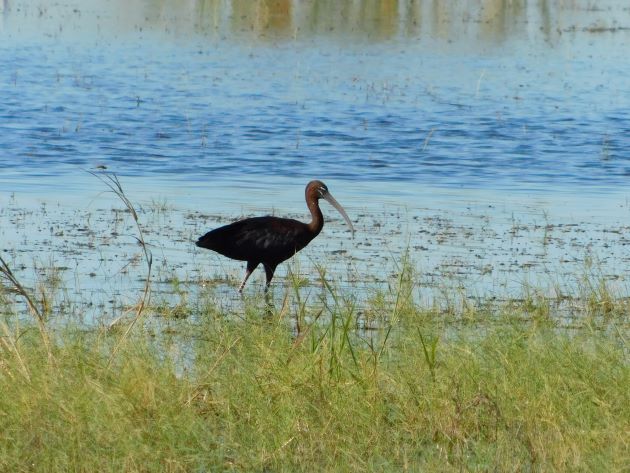
Glossy Ibis
Most of the Magpie Geese families have moved away from the highway now, but there are still some close to the fence-line. There are not many dry areas, but closer to the fence-line the land is raised and they can seek relief from all of the water there.
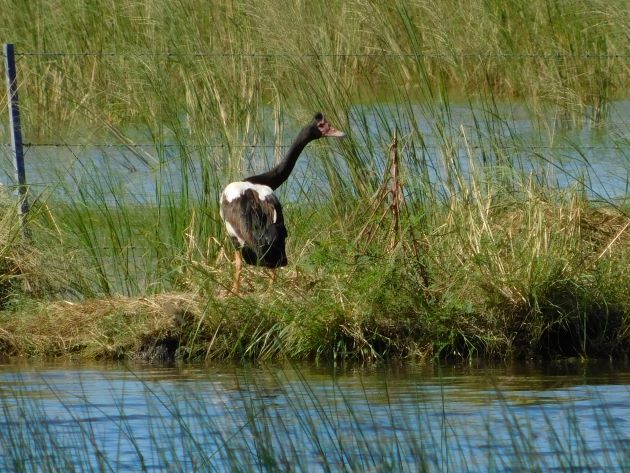
Magpie Goose
The Australasian Swamphens are the latest bird species to have their young close to the edge of the highway. They can easily disappear into the long vegetation, though.
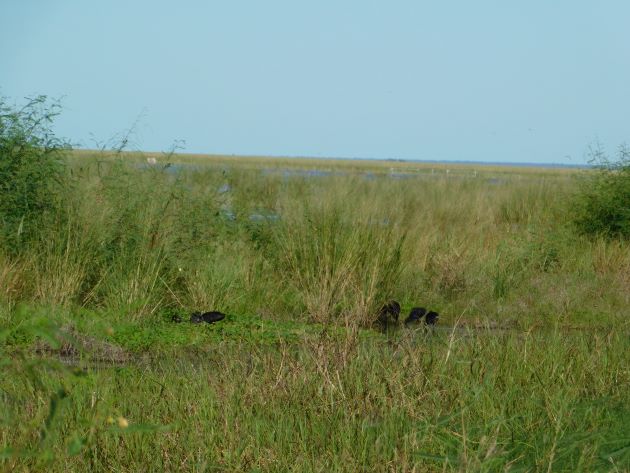
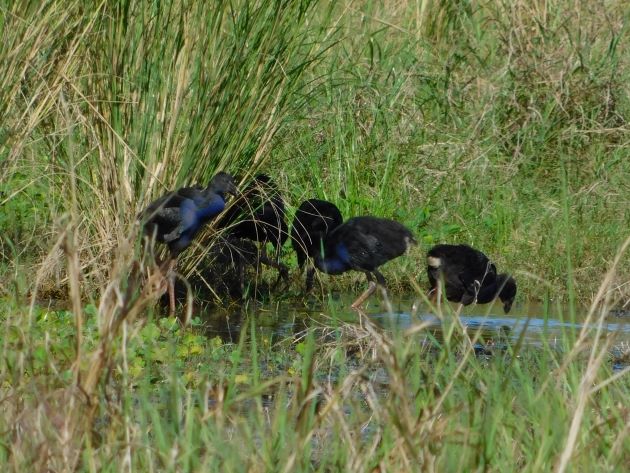
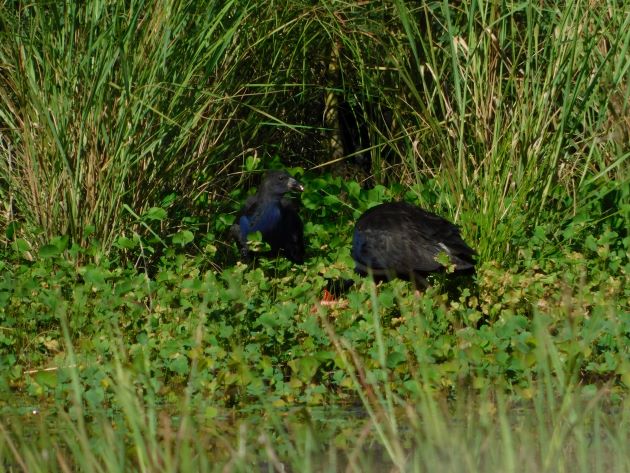
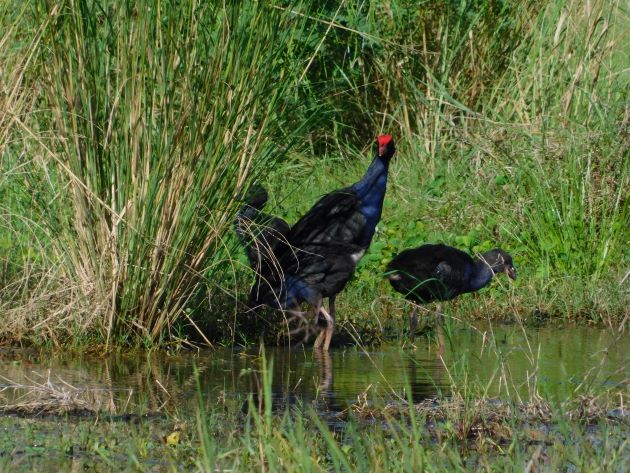
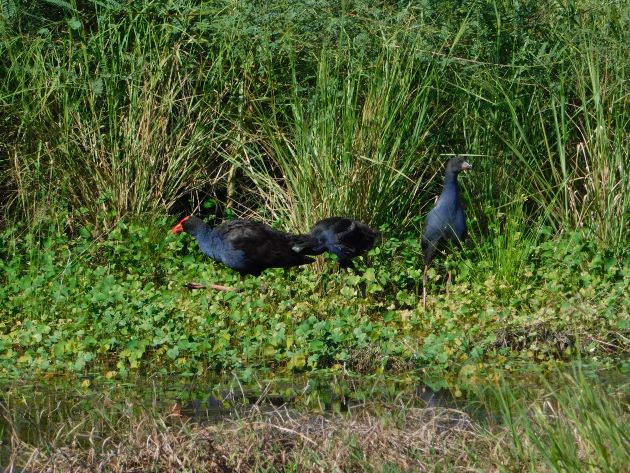
Australasian Swamphen family
Over recent months we have been on the look-out for Comb-crested Jacanas and we knew they were likely to be in the area after so much flooding rain. It was just a matter of time before we could observe them from the highway and we observed a pair last Sunday. They were distant, but they were there and that was great to know that they had come south during our floods.
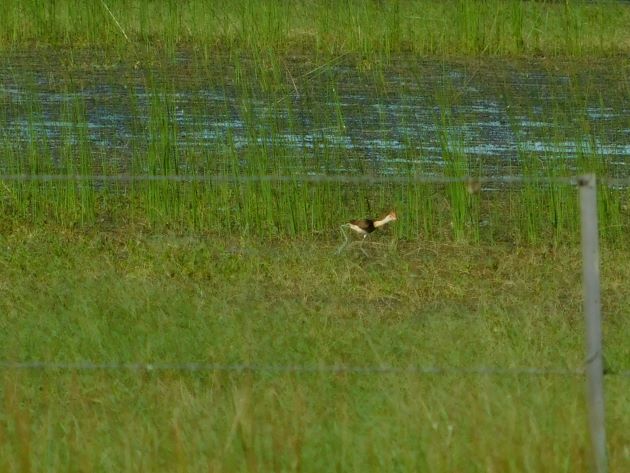
Comb-crested Jacana
We were all relieved to not suffer damage from Tropical Cyclone Ilsa in Broome. The next natural event was just after 5pm on Monday 17th when the ground shook. There was a 4.7Mw earthquake approximately 220 kilometres offshore, which lasted about 30 seconds. It has been two years since our last similar earthquake, but the biggest earthquake in recent times was in 2019 and they are all from the same area in the Indian Ocean.
On Thursday we had a solar eclipse in Australia and here in Broome we had 89% of the sun covered by the moon. The daylight started to appear odd after 11am and the outside lights came on. The sky was still blue, but all of the shadows looked rather odd. The temperature also dropped two degrees Celsius during the event. I took this photo below of the leaf shadows on the bike path around 12pm.
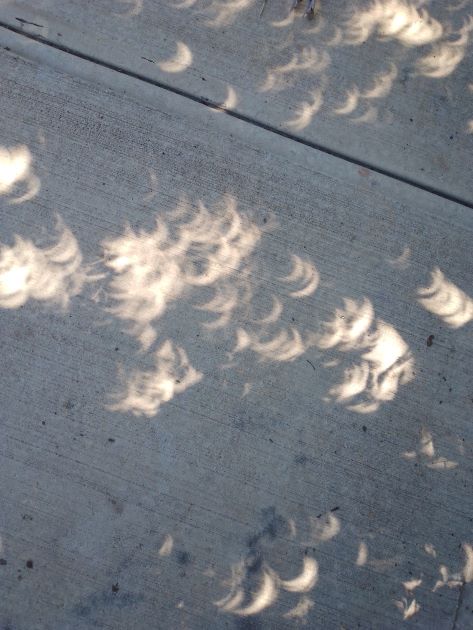
Eclipse shadows
I have found out online that the effect is caused by the projection of light from the eclipse through the leaves that act like a pin-hole camera!
We really know that the seasons are changing now there are Red-tailed Black Cockatoos back in town!











Leave a Comment